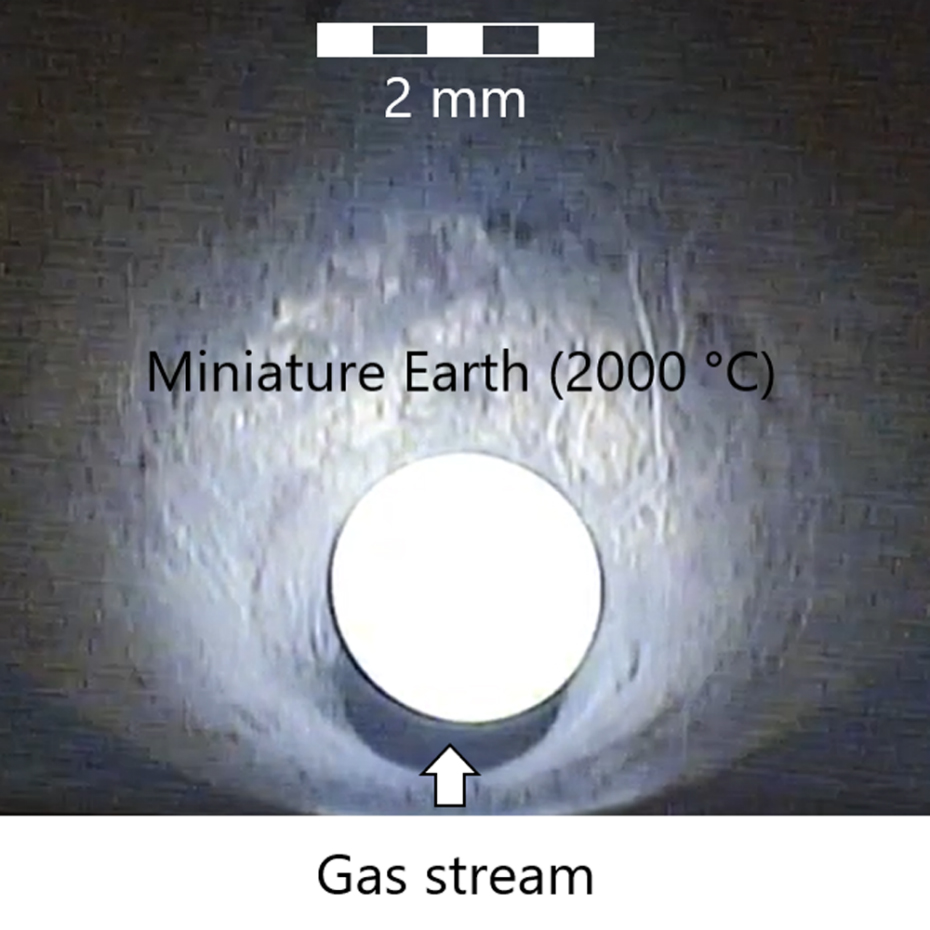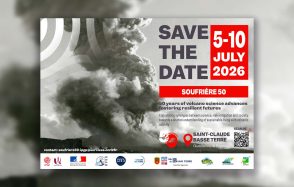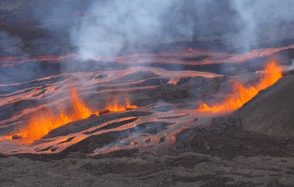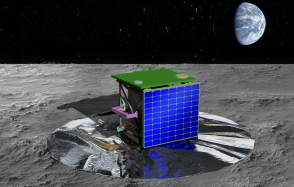Earth’s primitive atmosphere, a Venusian hell
In an article published in the journal Science Advances, a team of international researchers reveal that the Earth's primitive atmosphere must have been extremely hot and hostile to life, as it was saturated with carbon dioxide, a far cry from the welcoming atmosphere we know today, composed mainly of oxygen and nitrogen.
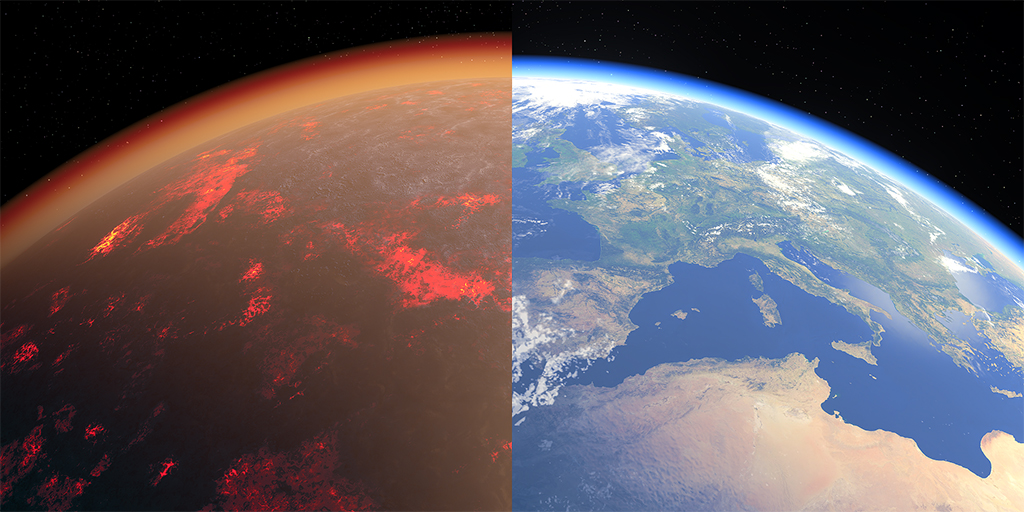
Artist's view of the Earth today and 4.5 billion years ago. (© Tobias Stierli / PRN Planets)
Publication date: 26/11/2020
Press, Research
Related teams :
Cosmochemistry, Astrophysics and Experimental Geophysics (CAGE)
Related themes : Origins






